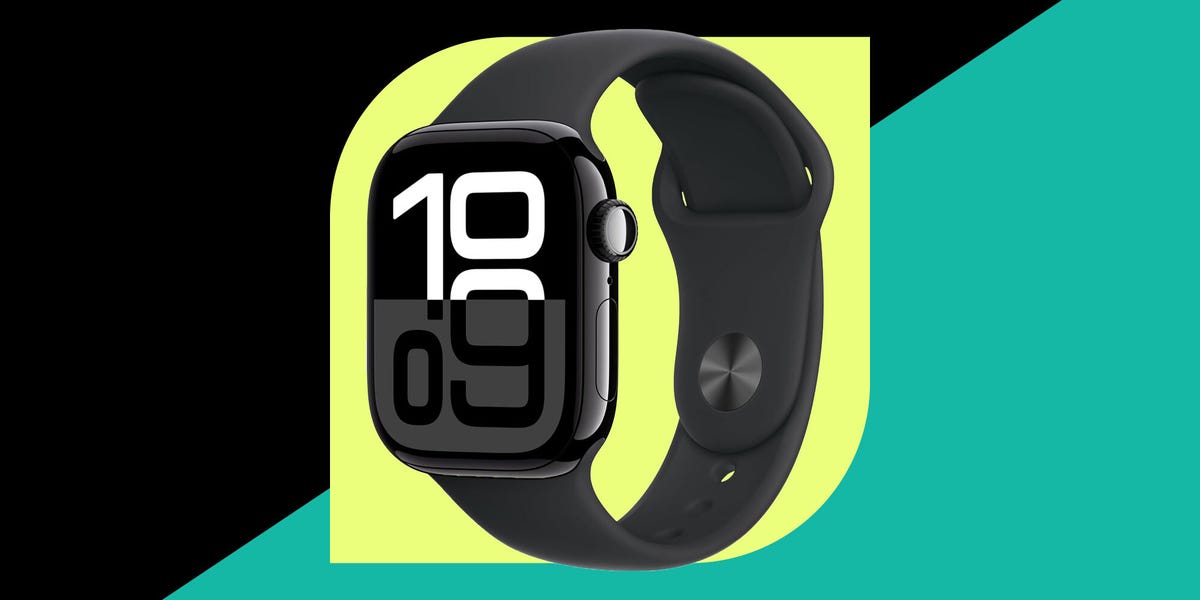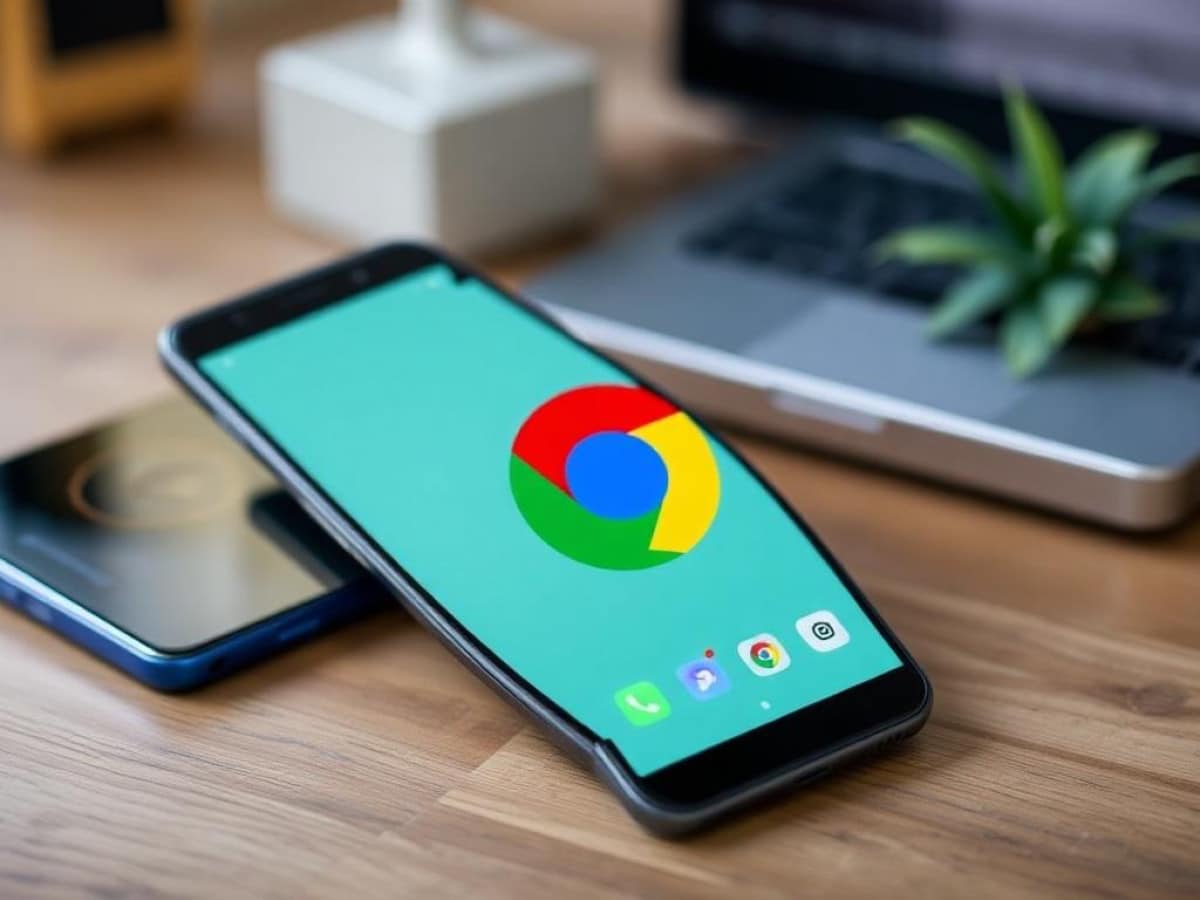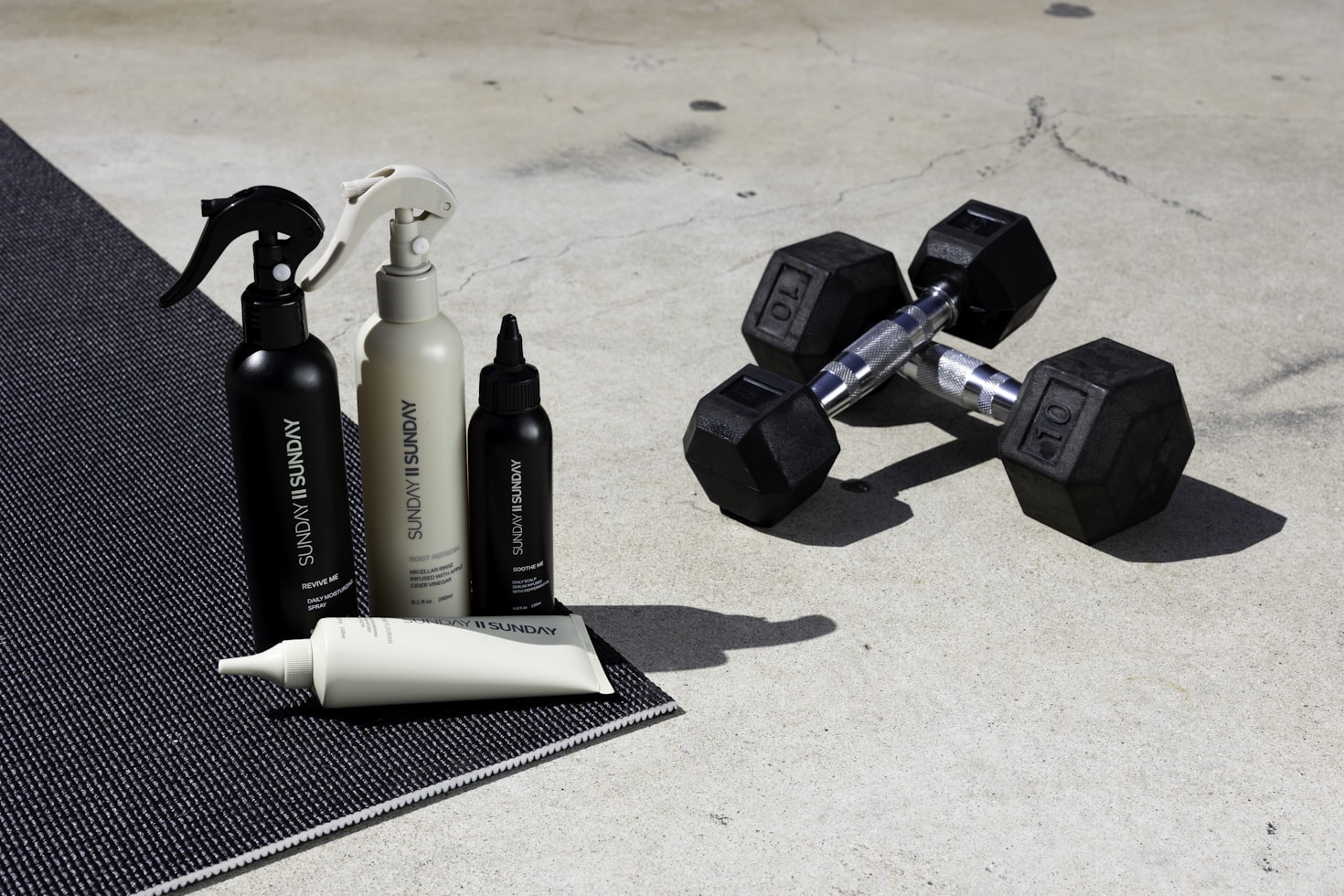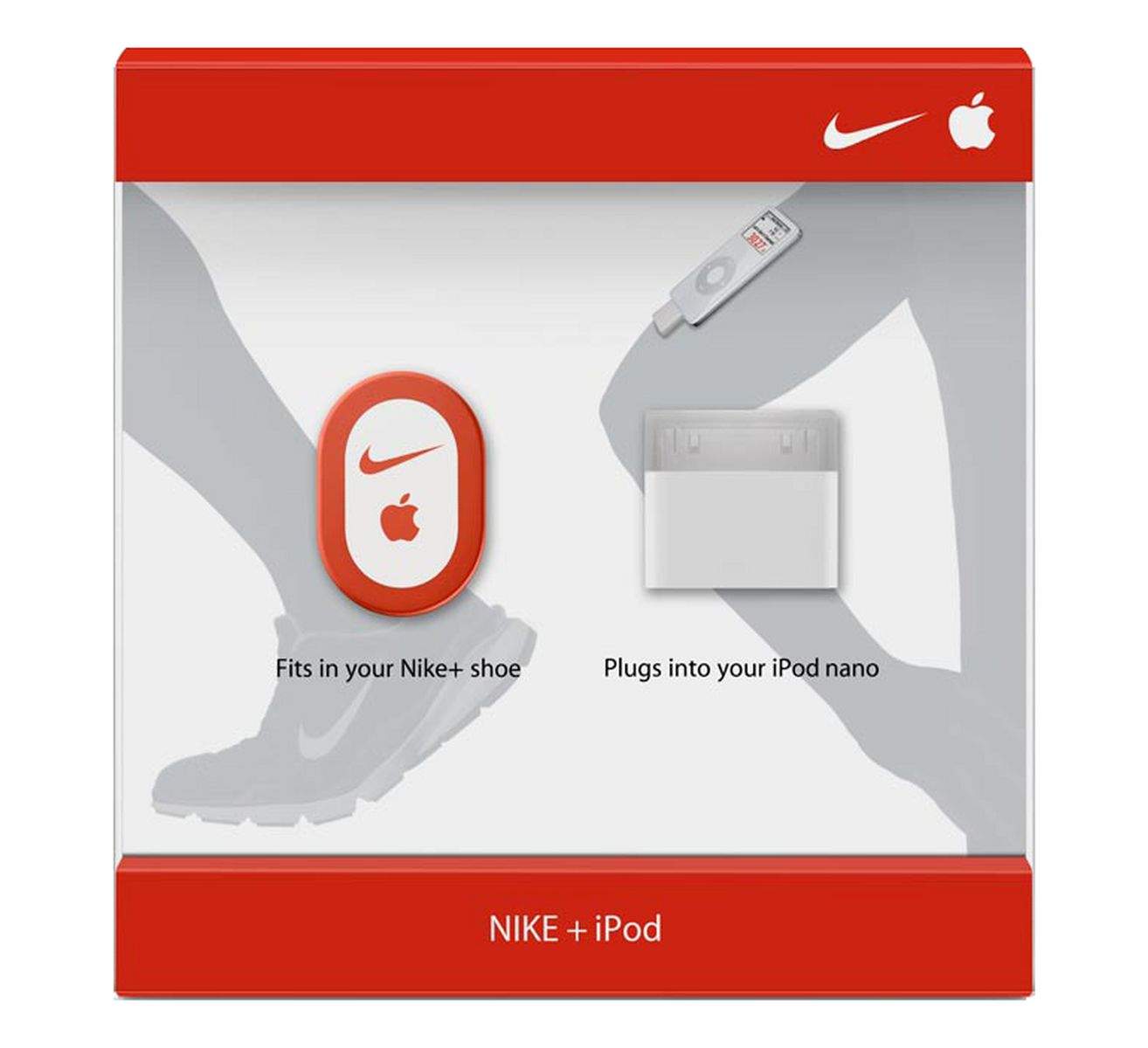
Fitness Tracker Market Size & Trends | Mordor Intelligence
Mordor Intelligence has published a new report on the Fitness Tracker Market, offering a comprehensive analysis of trends, growth drivers, and future projections.
Fitness Tracker Market Expected to Register a CAGR of 15.70% Through 2030.The fitness tracker market continues to gain traction globally as consumers grow increasingly health-conscious and seek tools to monitor and improve their physical well-being. Devices that track steps, heart rate, sleep patterns, and other key health indicators have moved beyond niche tech gadgets to become mainstream lifestyle accessories. This growing adoption is supported by rising awareness about preventive healthcare and the availability of a broad range of affordable and feature-rich wearables.
Report Overview: https://www.mordorintelligence.com/industry-reports/fitness-tracker-market?utm_source=openpr
Key Trends
Strong Regional Growth in Asia‐Pacific
Asia‐Pacific stands out as the fastest-growing market for fitness trackers during the forecast period, supported by improving affordability and expanding consumer interest in health management. While North America continues to hold the largest share-about 41.7 percent in 2024.Asia‐Pacific is expected to surpass other regions in terms of CAGR
Dominance of Wrist-Wear Devices
Wearable devices worn on the wrist, including bands and smartwatches, made up approximately 72.3 percent of the market in 2024.the largest segment by device type. Their popularity is driven by user-friendly features like step counters, heart rate sensors, and connectivity with mobile apps.
Surge in Online Sales
Online retail channels captured around 65.1 percent of global fitness tracker sales in 2024.Digital storefronts offer a wide selection and competitive pricing, alongside user reviews that guide consumer decisions.
Accelerating Tech Adoption
Continuous advancements in sensor technology-such as accelerometers, gyroscopes, and optical heart rate sensors-are enhancing the capabilities of fitness trackers. This development is key to expanding use cases like sleep apnea detection, atrial fibrillation alerts, and stress level measurements.
Heightened Privacy and Security Focus
Fitness trackers gather sensitive personal data, including health metrics and location information. That volume of data has raised concerns around data privacy and security. Industry and academic reviews point out inadequacies in transparency and consent management, driving manufacturers to improve encryption, anonymization, and user control.
Market Segmentation
By Product Type
Fitness Band
Smart Watches
Others
By Sales Channel
Offline
Online
By Wearing Type
Hand Wear
Leg Wear
Head Wear
Others
By Application
Heart Rate Monitoring
Sleep Measurement
Glucose Measurement
Women’s Health
Others
By Geography
North America
Europe
Asia-Pacific
Middle East & Africa
South America
Explore Our Full Library of Healthcare Research Industry Reports: https://www.mordorintelligence.com/market-analysis/healthcare?utm_source=openpr
Key Players
The fitness tracker market is highly competitive, featuring established tech giants and dedicated wearable brands. Major global participants include:
Apple, Inc. – Leading in smartwatch segment with health monitoring features
Fitbit, Inc. (Google subsidiary) – Renowned for fitness bands; robust app ecosystem
Samsung Electronics – Wide range of smartwatches and hybrid trackers
Fossil Group – Fashion‐oriented smartwatches and hybrids
Huawei Technologies – Offers both fitness bands and smartwatches
For More information Visit: https://www.mordorintelligence.com/industry-reports/fitness-tracker-market/companies?utm_source=openpr
These firms compete through product quality, processing power, battery life, app ecosystems and regional pricing strategies. Collaborations, app integrations, and occasional medical certifications (e.g., FDA approval) are differentiators.
Conclusion
The fitness tracker market driven by rising health awareness and interest in self-monitoring tools. Wrist-worn devices remain the dominant form, while online retail strengthens reach and convenience.
North America continues to lead in sales, but Asia‐Pacific is set to deliver the most dynamic growth thanks to improved accessibility and growing adoption. Key industry players such as Apple, Fitbit, Samsung, Fossil, and Huawei are intensifying competition through technological improvements and enhanced user experiences.
That said, challenges around data privacy and cybersecurity are becoming more prominent as fitness trackers collect increasingly personal health data. Companies that implement clearer privacy practices and secure user consent will stand out to consumers. Meanwhile, technological improvements like arrhythmia alerts and improved sleep tracking, along with increasing integration of wearables into healthcare and wellness ecosystems, indicate a more mature and diversified growth path ahead.
Industry Related Reports
Hi-tech Medical Device Market: The Hi-Tech Medical Devices Market Report is Segmented by Device Type (Diagnostic & Monitoring Devices and Therapeutic Devices), Form Factor (Smart Watches, Fitness Bands, and Others), Connectivity (Wi-Fi, Cellular, and Others), Application (Sports & Fitness, Home Healthcare, and Others), and Geography.
Get More Insights: https://www.mordorintelligence.com/industry-reports/hi-tech-medical-devices-market?utm_source=openpr
Smart Medical Devices Market: The Smart Medical Devices Market Report Covers Global Market Size and Trends and is Segmented by Product Type (Diagnostic and Monitoring Devices and Therapeutic Devices), End User (Hospitals/Clinics, Home-Care Settings, and Others), Connectivity (Bluetooth, Wi-Fi, and Others), Distribution Channel (Offline and Online), and Geography.
Get More Insights: https://www.mordorintelligence.com/industry-reports/smart-medical-devices-market?utm_source=openpr
Weight Management Devices Market: The Global Weight Management Devices Market is Segmented by Equipment (Fitness Equipment [Cardiovascular Training Equipment, Strength Training Equipment, Fitness Monitoring Equipment, and Other Fitness Equipment] and Surgical Equipment) and Geography (North America, Europe, Asia-Pacific, Middle East and Africa, and South America).
Get More Insights: https://www.mordorintelligence.com/industry-reports/weight-management-devices-market?utm_source=openpr
About Mordor Intelligence:
Mordor Intelligence is a trusted partner for businesses seeking comprehensive and actionable market intelligence. Our global reach, expert team, and tailored solutions empower organizations and individuals to make informed decisions, navigate complex markets, and achieve their strategic goals.
With a team of over 550 domain experts and on-ground specialists spanning 150+ countries, Mordor Intelligence possesses a unique understanding of the global business landscape. This expertise translates into comprehensive syndicated and custom research reports covering a wide spectrum of industries, including aerospace & defense, agriculture, animal nutrition and wellness, automation, automotive, chemicals & materials, consumer goods & services, electronics, energy & power, financial services, food & beverages, healthcare, hospitality & tourism, information & communications technology, investment opportunities, and logistics.
For any inquiries or to access the full report, please contact:
media@mordorintelligence.com
https://www.mordorintelligence.com
Mordor Intelligence, 11th Floor, Rajapushpa Summit, Nanakramguda Rd, Financial District, Gachibowli, Hyderabad, Telangana – 500032, India
Mordor Intelligence is a trusted partner for businesses seeking comprehensive and actionable market intelligence. Our global reach, expert team, and tailored solutions empower organizations and individuals to make informed decisions, navigate complex markets, and achieve their strategic goals.
With a team of over 550 domain experts and on-ground specialists spanning 150+ countries, Mordor Intelligence possesses a unique understanding of the global business landscape. This expertise translates into comprehensive syndicated and custom research reports covering a wide spectrum of industries, including aerospace & defense, agriculture, animal nutrition and wellness, automation, automotive, chemicals & materials, consumer goods & services, electronics, energy & power, financial services, food & beverages, healthcare, hospitality & tourism, information & communications technology, investment opportunities, and logistics.
For any inquiries or to access the full report, please contact:
media@mordorintelligence.com
https://www.mordorintelligence.com
This release was published on openPR.
 July 13, 2006: Apple releases its first activity tracker, the Nike+iPod Sport Kit, which combines Cupertino’s popular music player with a smart pedometer.
July 13, 2006: Apple releases its first activity tracker, the Nike+iPod Sport Kit, which combines Cupertino’s popular music player with a smart pedometer.



















 | SportsCenter
| SportsCenter















































 BREAKING: NBA MVP Shai Gilgeous-Alexander signs the RICHEST annual salary in league history
BREAKING: NBA MVP Shai Gilgeous-Alexander signs the RICHEST annual salary in league history